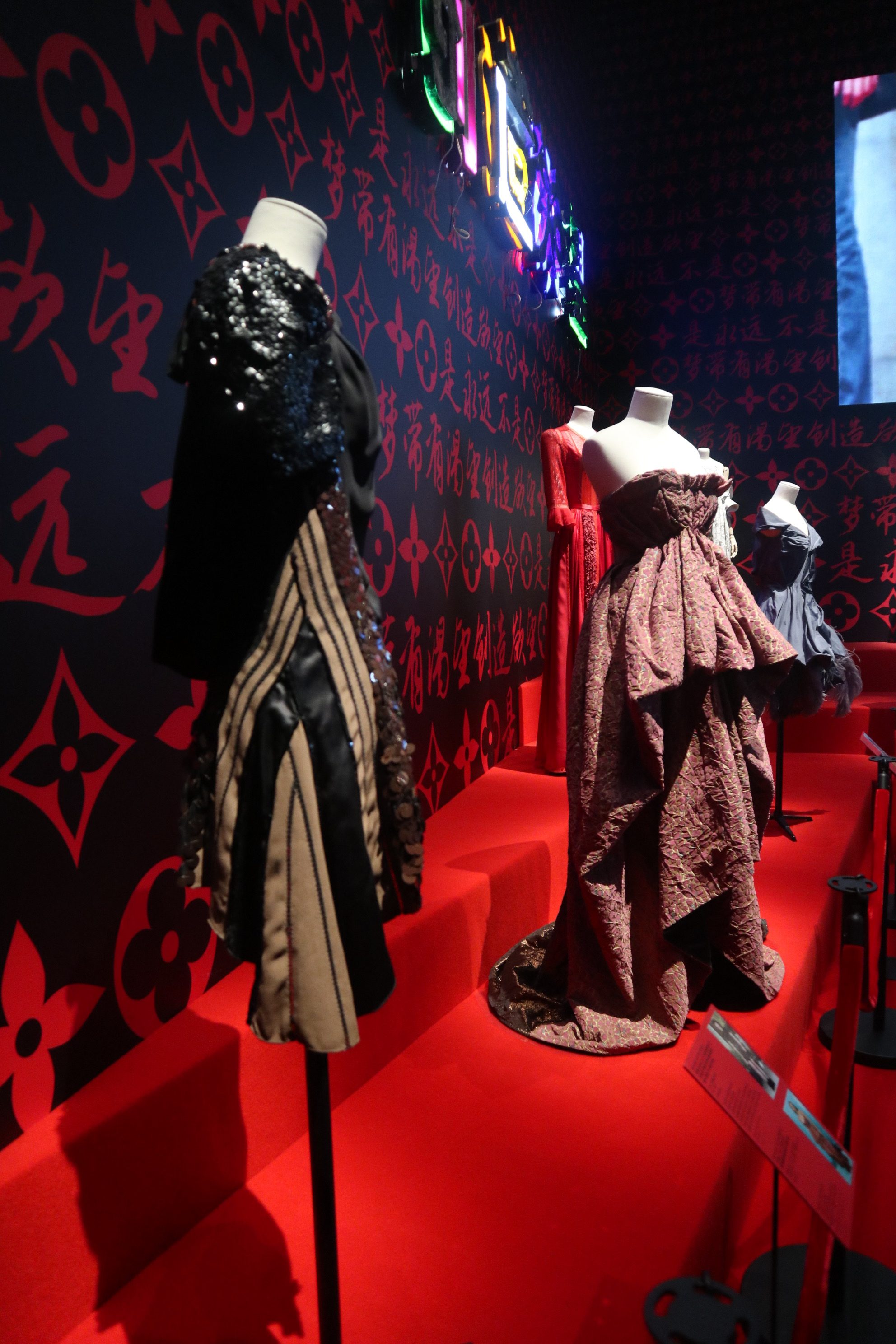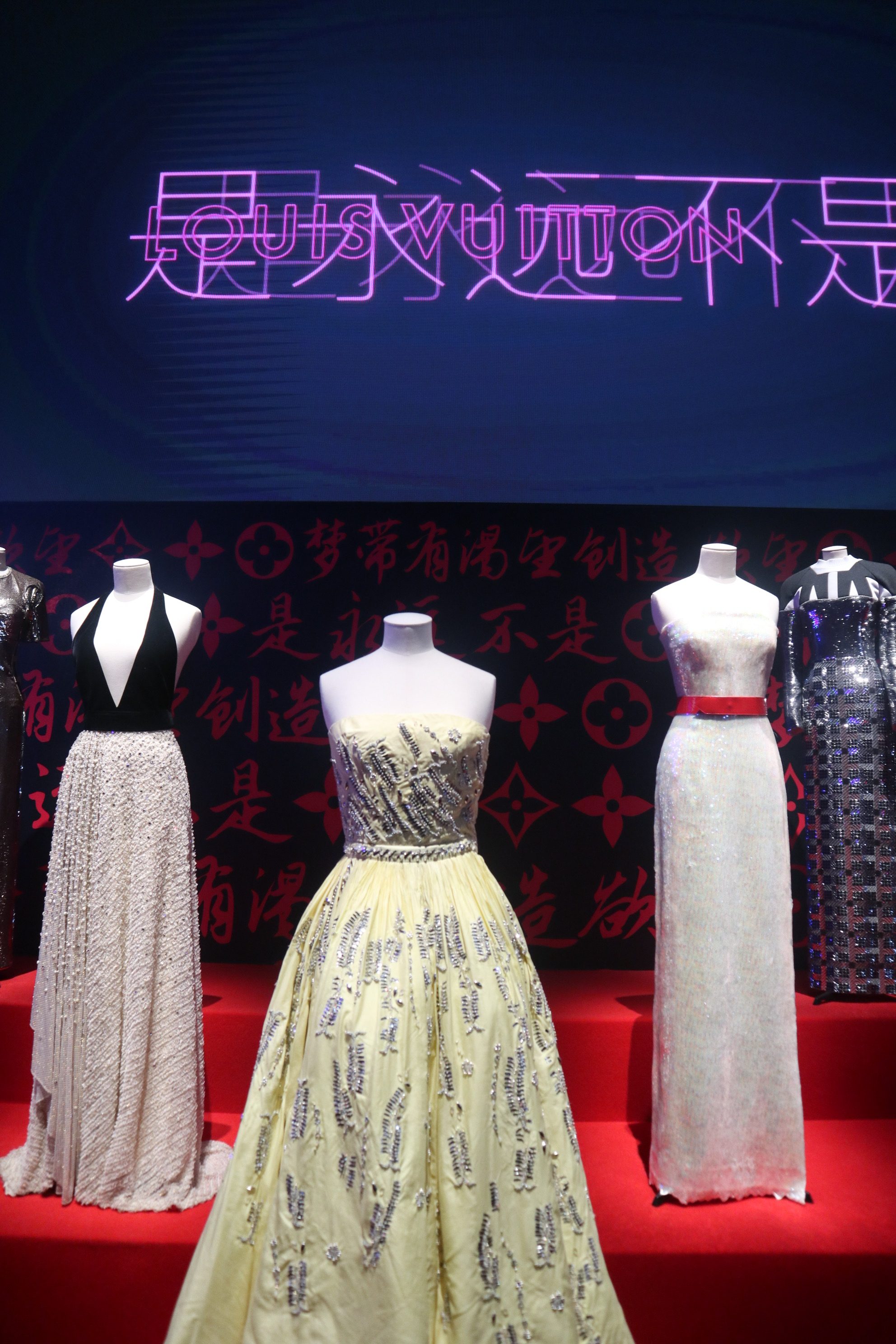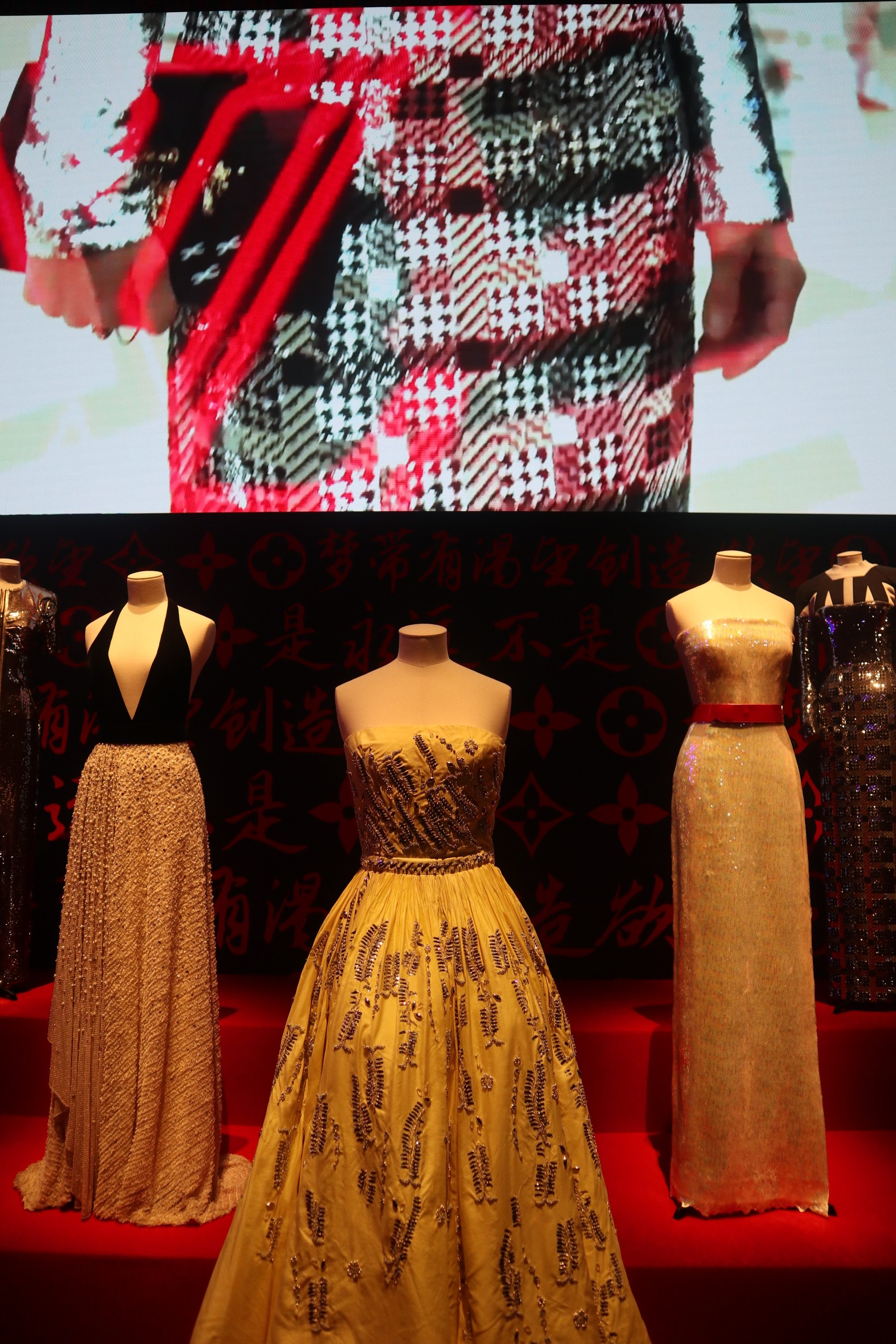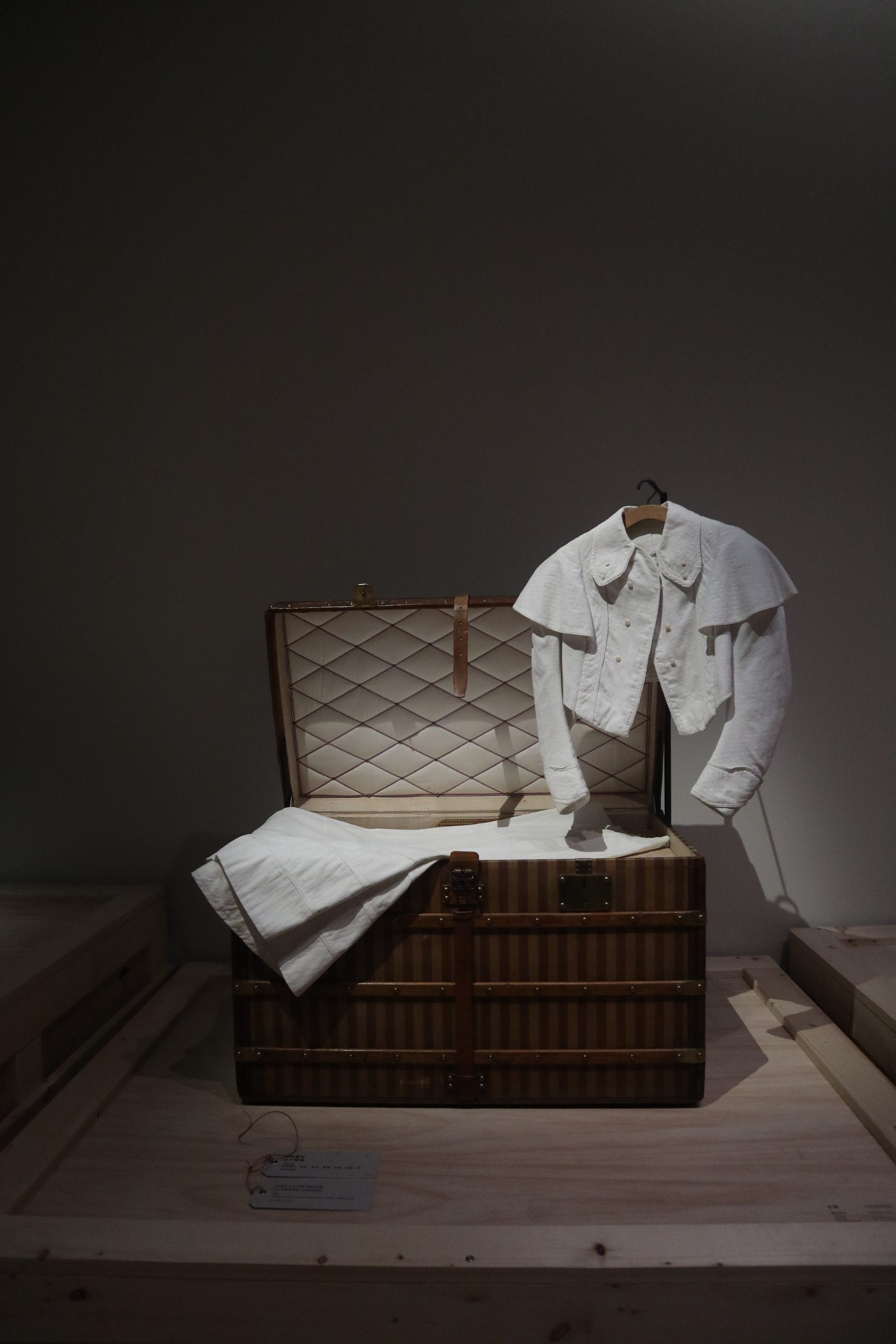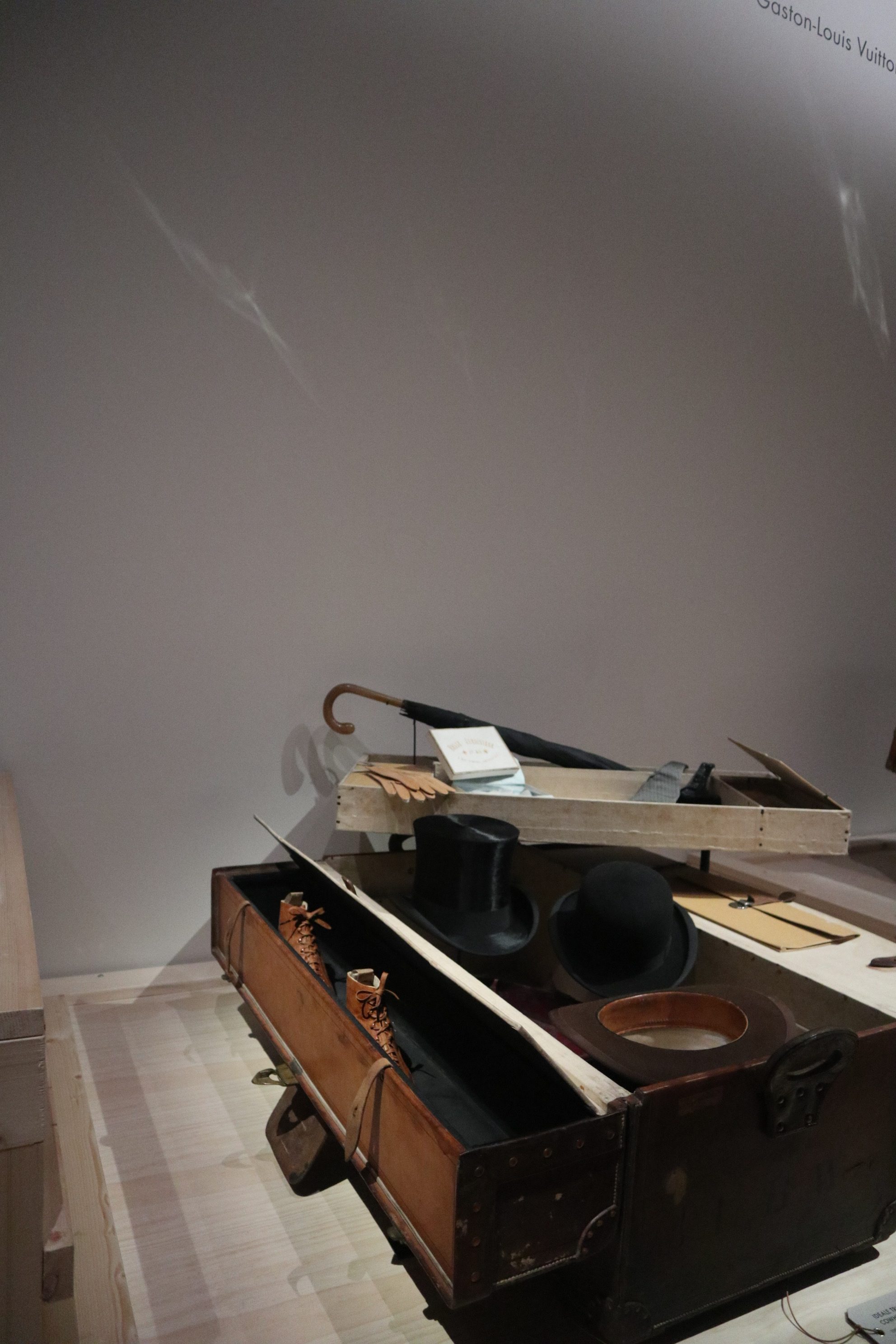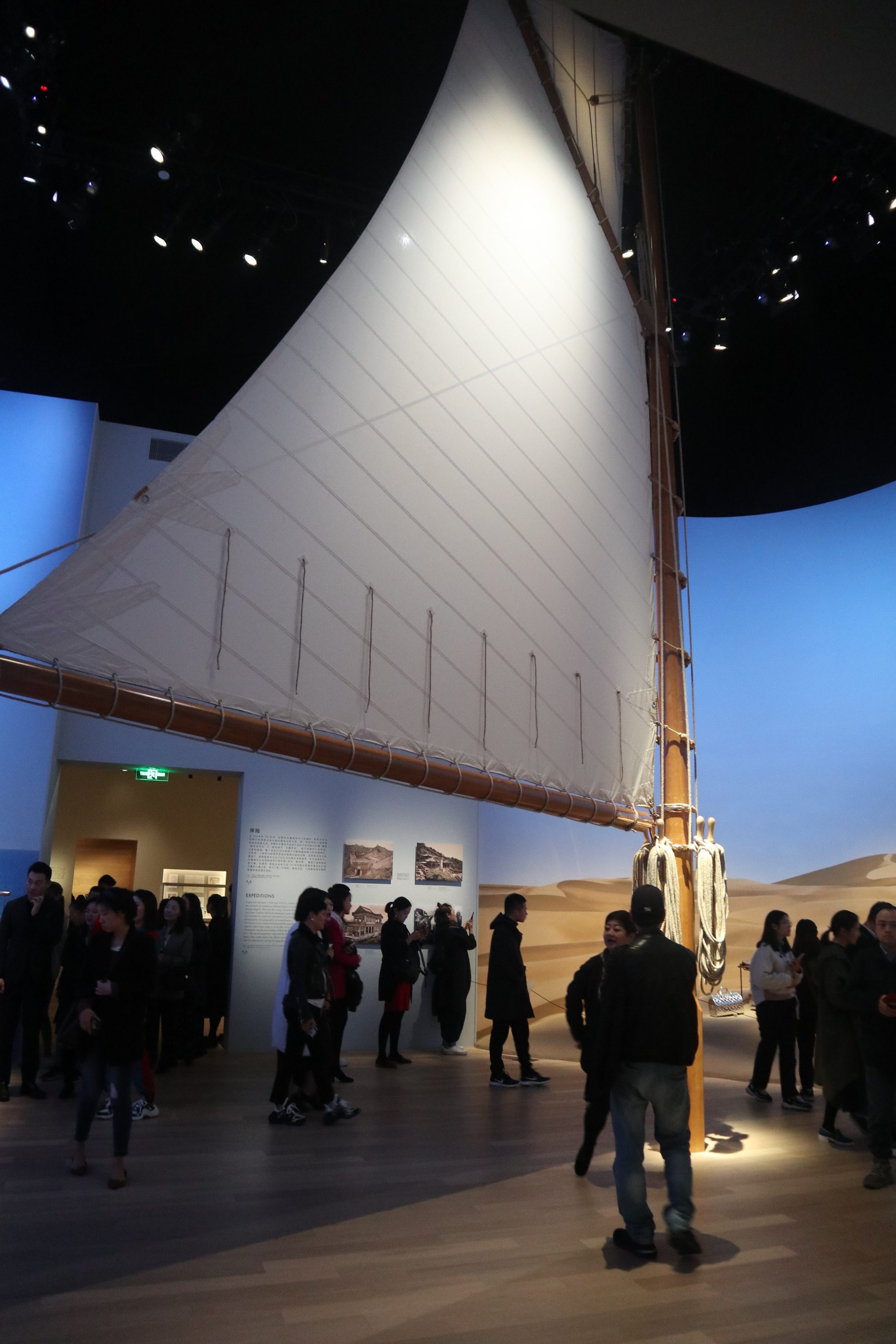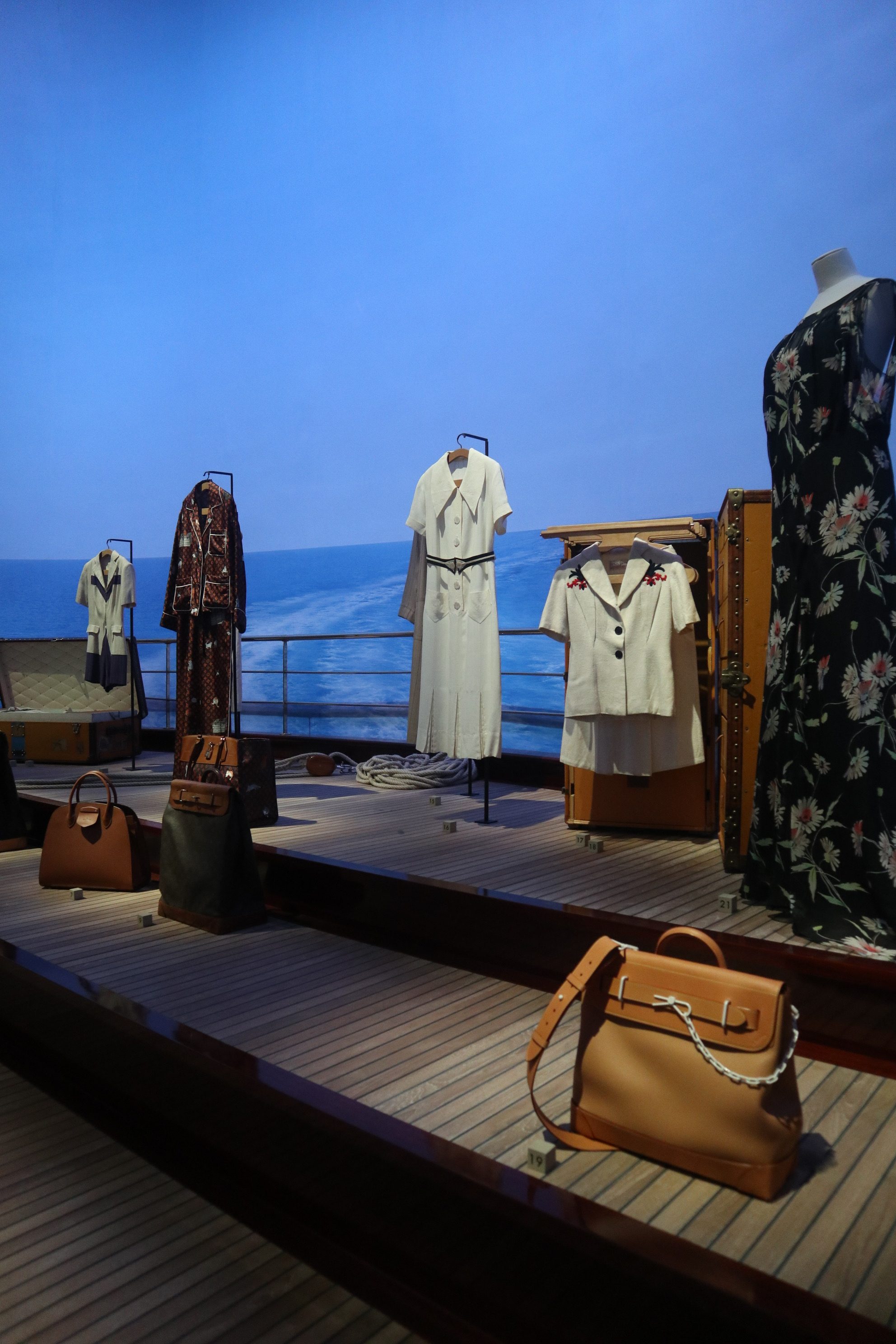The saga of Louis Vuitton, the French fashion luminary and entrepreneur, is not just a tale of success but a testament to resilience and ingenuity. Born in Anchay, France, in 1821, Vuitton’s early years were marked by adversity, as he lost both parents at a tender age. Undeterred, he embarked on a remarkable journey, leaving his hometown at 13 to seek his fortune in Paris. His determination and resourcefulness saw him through a two-year trek, filled with odd jobs and hardships, until he finally reached the capital at the age of 16 in 1837.
In Paris, Vuitton honed his skills as a box maker and packer, laying the foundation for what would become a legendary brand. His breakthrough came in 1858 when he introduced the world to rectangular-shaped trunks, a revolutionary departure from the cumbersome round trunks of the time. This innovation not only transformed the way people traveled but also catapulted Vuitton to prominence as a visionary craftsman.
Beyond his mastery of luggage design, Vuitton’s astute business acumen saw him catering to elite clientele, including Empress Eugénie de Montijo, wife of Napoleon III. This association with royalty not only elevated his status but also provided a springboard for his burgeoning enterprise. Following his passing in 1892, his son George assumed the reins of the company, further expanding its product line and solidifying its legacy.
Louis Vuitton’s journey from humble beginnings to global luxury icon is a testament to the transformative power of creativity and perseverance. As we celebrate his enduring legacy, let us delve deeper into the fascinating facets of the Louis Vuitton brand, shedding light on its rich history and cultural significance.
Royal Beginnings: Vuitton’s foray into the world of luxury commenced with his appointment as the personal box maker and packer to Empress Eugénie de Montijo, a role that earned him patronage from esteemed dignitaries and aristocrats. This association underscored his commitment to excellence and laid the groundwork for his future success.
Audrey Hepburn’s Influence: The iconic Speedy bag owes much of its popularity to the timeless elegance of Audrey Hepburn, who championed the style in the 1960s. Her affinity for the bag catapulted it to iconic status, cementing its place in fashion history as a symbol of sophistication and refinement.
Coco Chanel’s Legacy: The Alma bag, originally commissioned by Coco Chanel, epitomizes the fusion of luxury and utility. Designed as a day-sized version of the Alma voyage trunk, it reflects Chanel’s discerning taste and Vuitton’s craftsmanship, making it a coveted accessory for generations to come.
Marc Jacobs: The Architect of Modern Luxury: Louis Vuitton’s foray into fashion design began in 1997 with the appointment of Marc Jacobs as its first creative director. Jacobs’ visionary approach revolutionized the brand, ushering in an era of ready-to-wear collections and haute couture, thus redefining luxury for the contemporary world.
The Art of Exclusivity: Louis Vuitton’s commitment to exclusivity is exemplified by its limited edition creations, such as the Pumpkinmon Adir Jewel bag, crafted in collaboration with Japanese artist Yayoi Kusama. With only five pieces ever produced, these exquisite creations embody the pinnacle of luxury and craftsmanship.
Uncompromising Quality: Contrary to popular belief, Louis Vuitton never compromises on quality, a principle reflected in its meticulous attention to detail and rigorous durability testing. From waterproofing to fireproofing, every aspect of production is geared towards ensuring unparalleled excellence and longevity.
Customization: At the heart of Louis Vuitton’s ethos lies a tradition of bespoke craftsmanship, epitomized by its custom trunk offerings. Whether it’s a trunk for a beloved pet or a state-of-the-art entertainment system, the brand’s artisans spare no effort in bringing their clients’ visions to life, albeit at a premium price.
The Iconic Monogram: The iconic Louis Vuitton monogram, conceived by George Vuitton to combat counterfeiting, remains a symbol of luxury and sophistication. Patented in 1896, its timeless allure continues to captivate fashion connoisseurs worldwide, reaffirming the brand’s status as a paragon of style and elegance.
Ethical Sustainability: While the practice of burning unsold inventory may seem wasteful, Louis Vuitton’s stringent policies ensure accountability and ethical stewardship. By offering discounted items to employees and safeguarding against unauthorized resale, the brand upholds its commitment to sustainability and integrity.
In conclusion, the Louis Vuitton brand transcends mere fashion, embodying a legacy of innovation, craftsmanship, and timeless elegance. From its humble origins to its status as a global powerhouse, it serves as a testament to the enduring allure of luxury and the enduring legacy of its visionary founder. As we pay homage to Louis Vuitton and his extraordinary legacy, let us celebrate not just the brand, but the spirit of creativity and excellence that continues to inspire generations.



